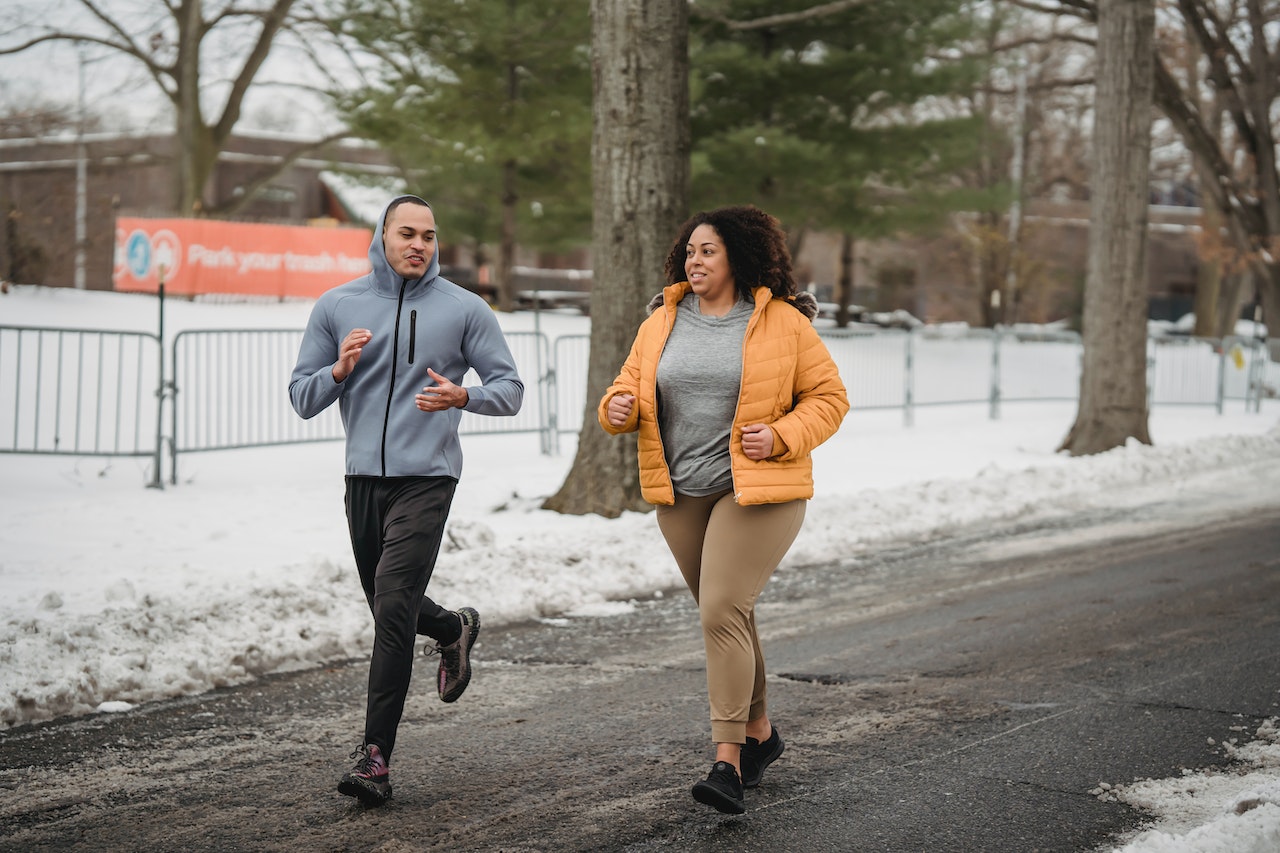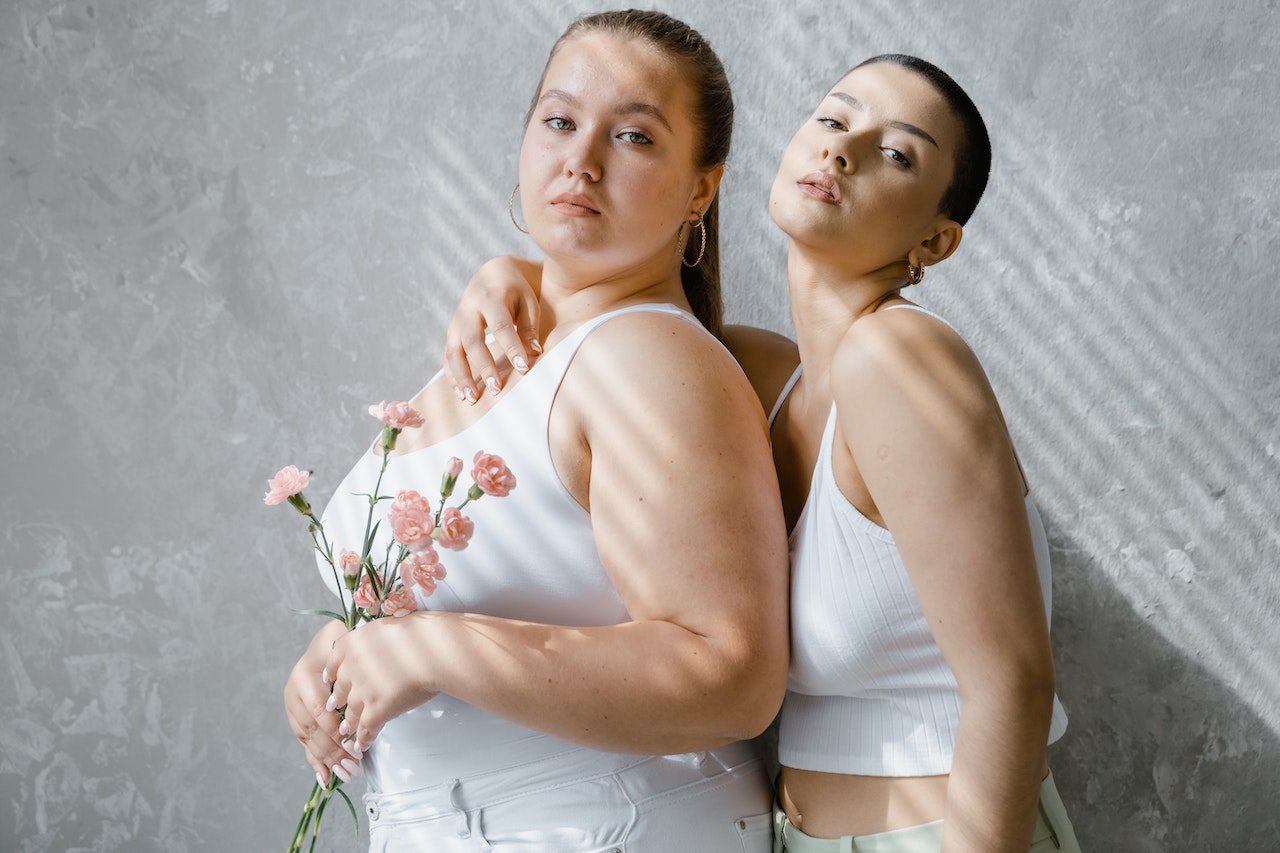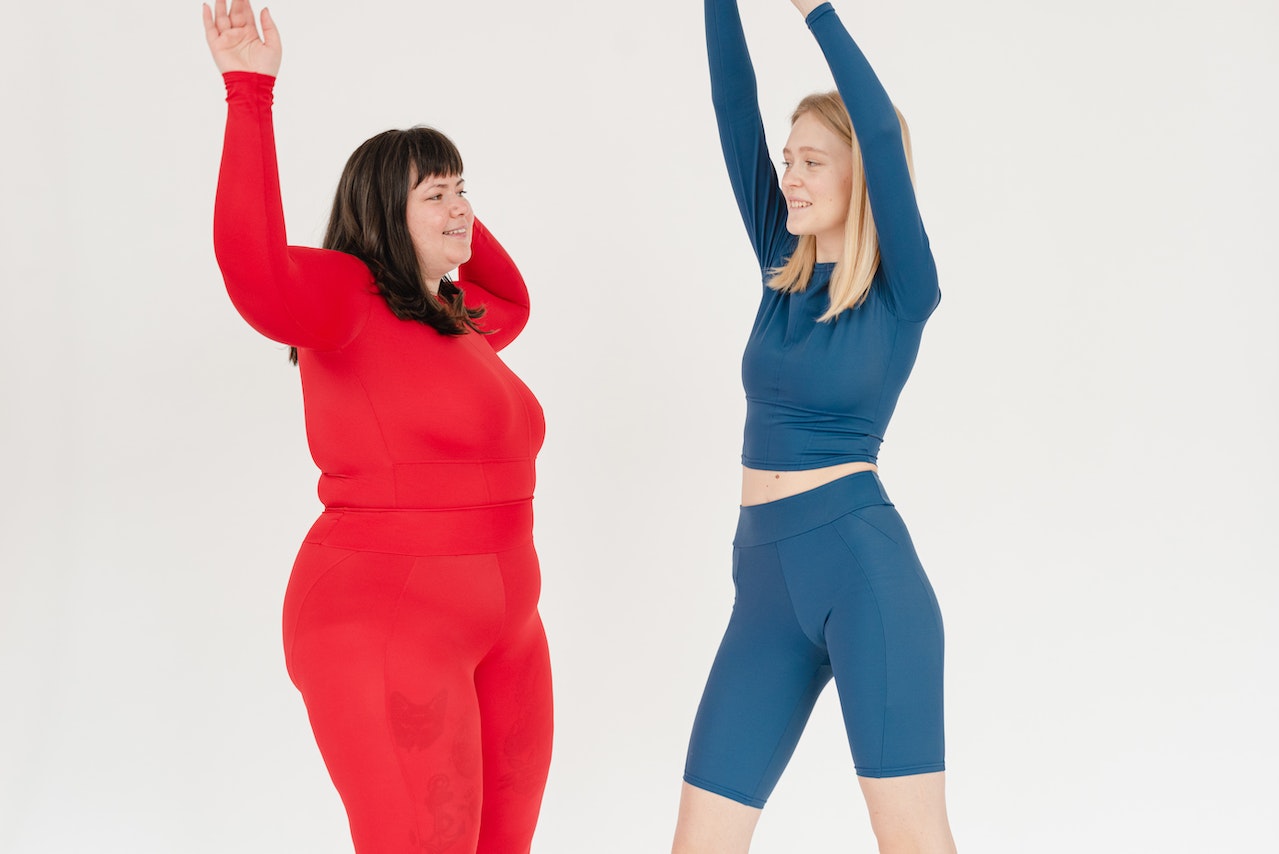Fitness Influencer vs Plus Size Model: Debunking Body Stereotypes and Celebrating Body Positivity
In recent years, the fitness and fashion industries have witnessed a shift towards promoting body positivity and inclusivity. As a result, fitness influencers and plus size models have emerged as prominent figures in the social media landscape, challenging traditional beauty standards and redefining what it means to have a healthy and confident body. While both fitness influencers and plus size models inspire their followers in different ways, they often face similar criticisms and misconceptions. In this article, we will do a fitness influencer vs plus size model comparison and explore the similarities and differences between fitness influencers and plus size models, debunking body stereotypes and celebrating body positivity.

Fitness influencers
Fitness influencers, also known as fitness bloggers or fitness enthusiasts, are individuals who use social media platforms, such as Instagram, YouTube, and TikTok, to share their fitness journey, workout routines, nutrition tips, and overall healthy lifestyle. They typically have a toned and athletic physique and often promote fitness-related products or services. Fitness influencers often have a large following, and their content can range from exercise tutorials, and meal prep ideas, to motivational posts aimed at encouraging their followers to adopt a healthy and active lifestyle.
Plus Size Models
On the other hand, plus size models are models who do not conform to the traditional thin and tall beauty standards of the fashion industry. They are typically curvier and have a body size that falls outside of the standard sample size used in the fashion industry. The standard sample size is 0-2 in the fashion industry. Plus size models embrace their natural body shape and promote body positivity by challenging the idea that only thin bodies are beautiful or acceptable. They often work with fashion brands that cater to plus size individuals, promoting inclusive fashion and advocating for size diversity in the industry.
Misconception
One common misconception that both fitness influencers and plus size models often face is that they represent opposite ends of the spectrum when it comes to body image. Fitness influencers are often assumed to be promoting unrealistic beauty standards and promoting body shaming by focusing on achieving a fit and toned body. Meanwhile, plus size models are often stereotyped as promoting an unhealthy lifestyle by promoting body acceptance regardless of size, which is sometimes perceived as glorifying obesity. However, these misconceptions are flawed and fail to capture the nuanced messages that fitness influencers and plus size models promote.
Common Goal of fitness influencers and plus size models
In reality, fitness influencers and plus size models share a common goal: promoting body positivity and inclusivity. While they may have different body types and promote different lifestyles, both fitness influencers and plus size models advocate for self-love, acceptance, and confidence, regardless of body size or shape. They emphasize that everyone is unique and that there is no one-size-fits-all definition of beauty or health. Both fitness influencers and plus size models encourage their followers to embrace their bodies, celebrate their strengths, and appreciate their worth beyond their appearance.

Benefits of Fitness Influencers
Promote Body Positivity
Fitness influencers often promote body positivity by focusing on the benefits of a healthy and active lifestyle, rather than solely on appearance. They emphasize the importance of physical and mental well-being and encourage their followers to prioritize self-care, self-love, and self-acceptance. They share their personal fitness journeys, including their struggles, setbacks, and achievements, which can inspire their followers to embark on their own fitness journeys and pursue a balanced and sustainable approach to health and fitness.
Highlight a Diverse Range of Bodies
Fitness influencers also highlight the diverse range of bodies and abilities in the fitness community, breaking down the stereotype that fitness is only for a certain body type or level of athleticism. They showcase individuals of all shapes, sizes, ages, and backgrounds who engage in various forms of physical activity, such as weightlifting, yoga, dancing, and swimming, to demonstrate that fitness is inclusive and accessible to everyone. By promoting body diversity in the fitness space, fitness influencers challenge the notion that only one body type is considered fit or healthy.

Unlock your online potential with the 5-day Boost Your Followers Challenge. Learn proven strategies to master social media and online influence in just 5 days!

